dual fuel vs stand-alone heat pump
nashkat
15 years ago
Related Stories
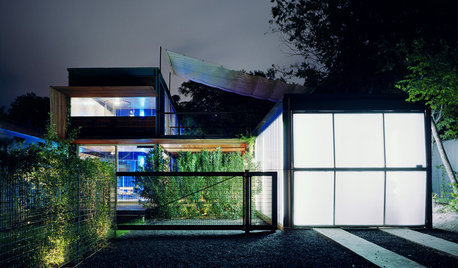
ARCHITECTUREWhat’s Fueling Austin’s Edgy Modern Architecture?
A look at the blossoming design scene in Texas’ capital city — and what’s behind all the experimentation
Full Story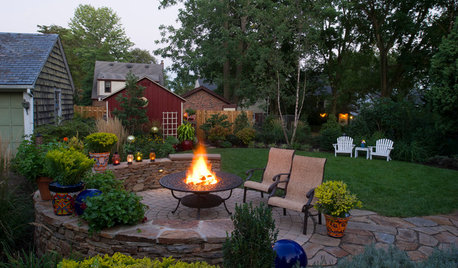
GARDENING AND LANDSCAPING7 Outdoor Fire Features Fuel the Soul
Spark some backyard bonding with a fireplace or fire pit, taking inspiration from these shining examples of great design
Full Story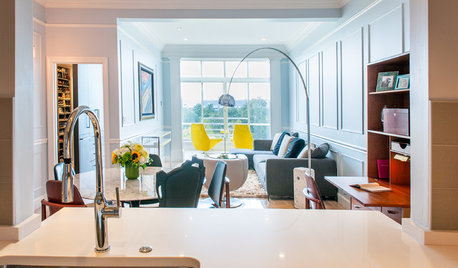
DECORATING GUIDESHouzz Tour: Couple Pares Down and Pumps Up the Style
A big transition from a large suburban house to a 1,200-square-foot urban condo is eased by good design
Full Story
GREEN BUILDINGInsulation Basics: Heat, R-Value and the Building Envelope
Learn how heat moves through a home and the materials that can stop it, to make sure your insulation is as effective as you think
Full Story
GREEN BUILDINGHouzz Tour: Passive House in Vermont Slashes Heating Bills
Its ecofriendly, low-maintenance design leaves a family with more time to relax and enjoy the weekend home
Full Story
FLOORSIs Radiant Heating or Cooling Right for You?
Questions to ask before you go for one of these temperature systems in your floors or walls (yes, walls)
Full Story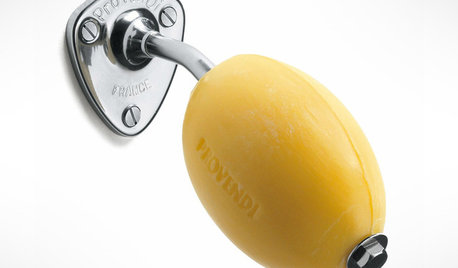
BATHROOM VANITIESBetter Places to Stash That Soap
Banish gloppy bars and flimsy pumps, and the only things you’ll need to clean are your hands
Full Story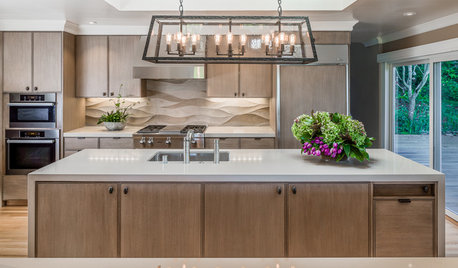
KITCHEN DESIGNKitchen of the Week: Warm Serenity in an Entertaining-Friendly Space
A subtle and sophisticated Sausalito kitchen has dual islands and plenty of storage
Full Story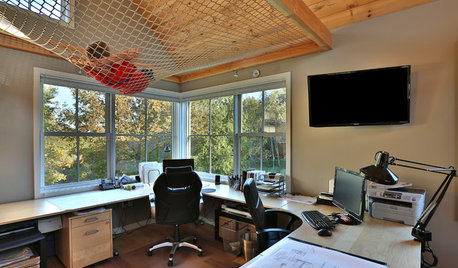
DESIGN PRACTICEHow to Set Up Your Design Studio at Home
Learn from an architect how to create a workspace that fuels your practice and feeds you inspiration
Full Story
WINTER GARDENING6 Reasons I’m Not Looking Forward to Spring
Not kicking up your heels anticipating rushes of spring color and garden catalogs? You’re not alone
Full Story






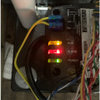
nashkatOriginal Author
tigerdunes
Related Professionals
Glen Ellyn Solar Energy Systems · Hayward Solar Energy Systems · Yucca Valley Solar Energy Systems · Saratoga Solar Energy Systems · Chicago Home Automation & Home Media · Gilbert Home Automation & Home Media · Greenville Home Automation & Home Media · Leander Home Automation & Home Media · Wheaton Home Automation & Home Media · Woodlawn Home Automation & Home Media · Grand Haven Home Automation & Home Media · Centennial Fireplaces · Downers Grove Fireplaces · Fairfield Fireplaces · Madison Fireplacesryanhughes
garyg
nashkatOriginal Author
tigerdunes
nashkatOriginal Author
vstech
thull
garyg
kiphourhomes_verizon_net